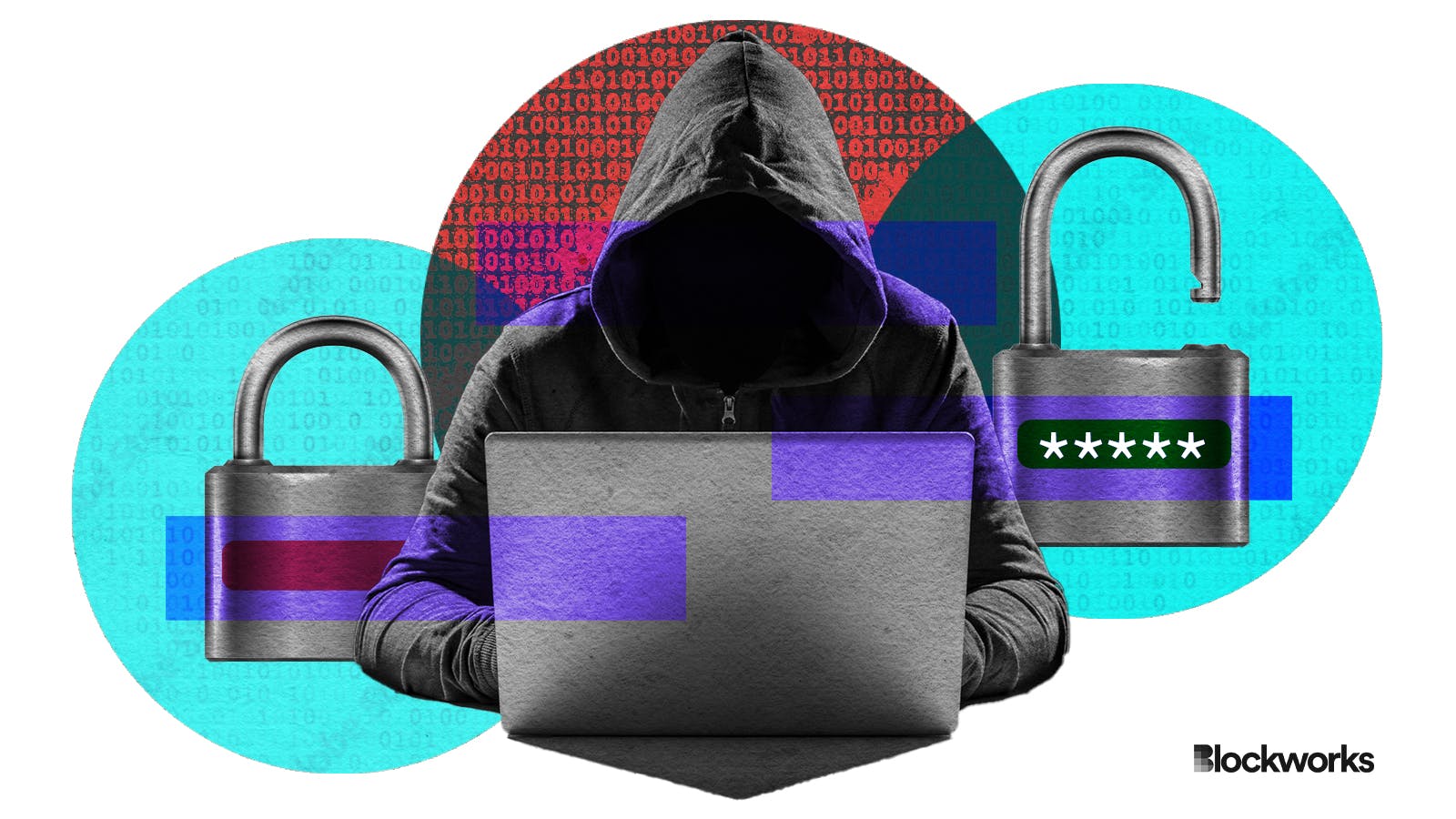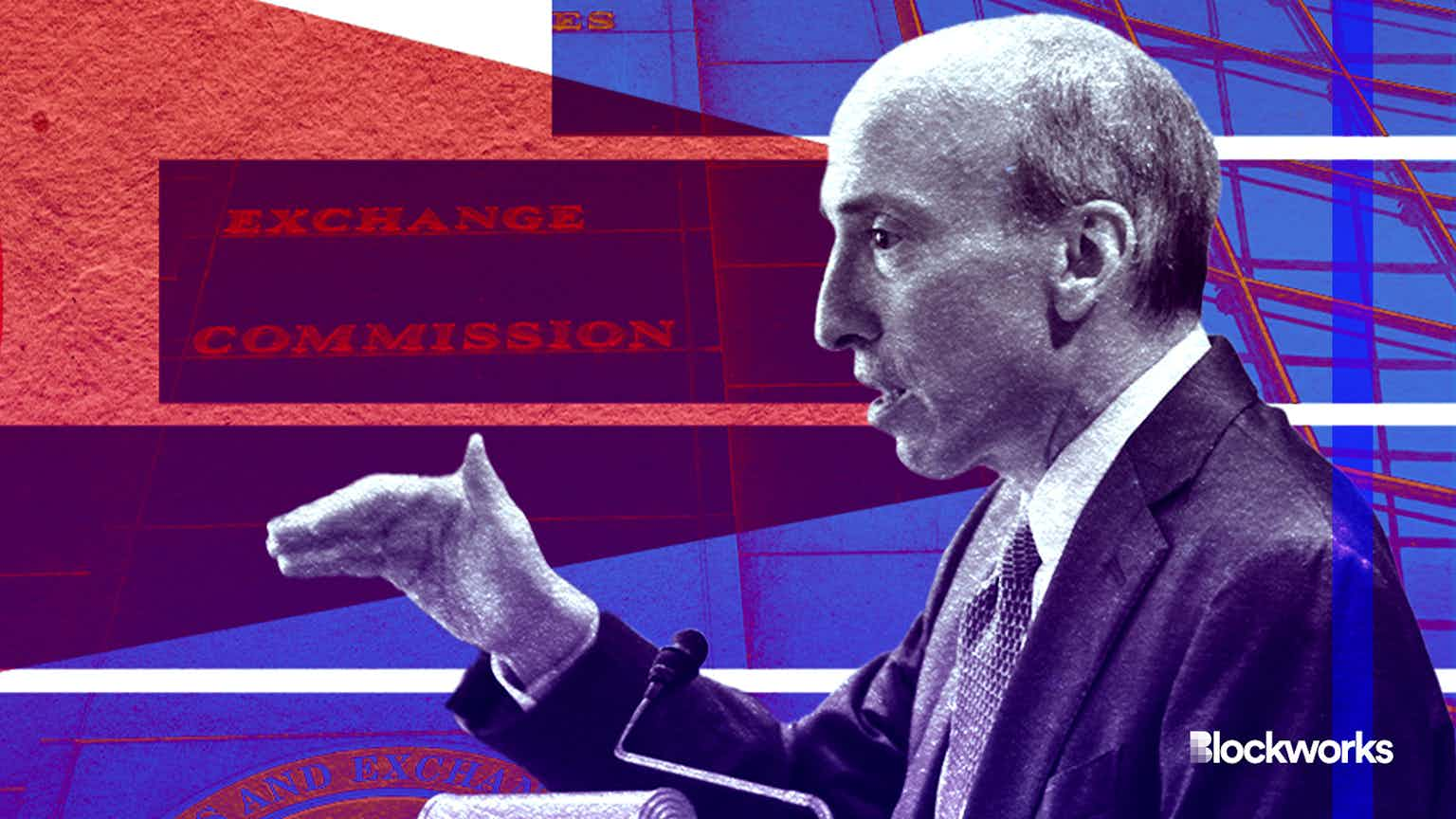Blockchain transparency is a bug
Blockchain transparency is making Web3 the surveillance tool it was meant to free societies from

Artwork by Crystal Le
Blockchain transparency is a bug.
Transparency isn’t a feature of decentralization that is truly needed to perform on-chain transactions securely — it’s a bug that forces Web3 users to expose their most sensitive financial data to anyone who wants to see it.
Several blockchain marketing tools have emerged over the past few years, allowing marketers and salespeople to use the freely flowing on-chain data for user insights and targeted advertising.
But this time, it’s not just behavioral data that is analyzed. Now, your most sensitive financial information is also added to the mix.
Web3 will never become mainstream unless we manage to solve this transparency problem.
Blockchain and Web3 were an escape from centralized power, making information transparent so that centralized entities cannot own one’s data.
Then 2020 came, Web3 and NFTs boomed, and many started talking about how free flowing, available-to-all data is a clear improvement from your data being “stolen” by big data companies as a customer.
Some may think if everyone can see the data, transparency will empower users to take ownership of and profit from their own data. Yet, transparency does not mean data can’t be appropriated nor that users are really in control.
The fact that data is transparent and flowing freely doesn’t mean it cannot be appropriated; in fact, data appropriation is already happening in Web3. Many are taking advantage of all of this open data to simplify on-chain data analysis and monetize it for anyone interested in learning the behavioral patterns of Web3 users.
With the immense number of transactions and wallets, the large volume of data becomes a goldmine for those skilled enough to understand it. Transparency opened doors for Web2’s profiling practices to enter Web3.
Tools like Nansen or Addressable help agencies and advertisers gather transactional and asset-held data to analyze consumer behavior and holdings to understand trends, create potential customer profiles and launch targeted advertising programs.
Privacy projects will argue that total privacy as a given is the only way to protect users. Yet, they aren’t right either.
Users already need — and increasingly will need — to use their on-chain data to verify holdings and transactions for regulatory purposes and verifications. If everything is private and cannot be selectively encrypted, there is no way to verify the funds and their origins. Many such privacy solutions have already been sanctioned by governments.
Read more from our opinion section: Ethereum L2s are a bug masquerading as a feature
At the same time, users might want to proudly showcase some of their assets (like NFTs). But this doesn’t mean they want to allow everyone else to peek into all their other crypto holdings and transactions (which they do, since an address holding a certain NFT can be checked). Take 50 people holding NFTs for one project, analyze their other holdings and trends across transactional patterns, and you have a pretty accurate user profile you can target.
Web3 needs to shift from the appropriation of freely flowing data to a data ownership model, where users get full control over what data gets shared, with whom, when and how. Vitalik Buterin addressed this transparency problem, posing a similar solution in his September paper on blockchain privacy and regulatory compliance. He argued that transparency is a security issue and showed there is a way to allow Web3 to be compliant and transparent only when needed.
The solutions and the technology to make this shift are here. What is now needed is a change in user mindset and awareness that this transparency bug exists.
Blockchain transparency is making Web3 become the surveillance tool it was meant to free societies from. It poses a growing concern, especially as the popularity of community rewards platforms increases and more and more users are combining their wallet addresses with social media accounts.
The Web3 crowd needs to be educated about the risks of keeping all their data out in the open. In the decentralized world, the change needs to happen bottom-up as people realize how their blockchain transactions are being monetized for uses they have no control over.
Start your day with top crypto insights from David Canellis and Katherine Ross. Subscribe to the Empire newsletter.





